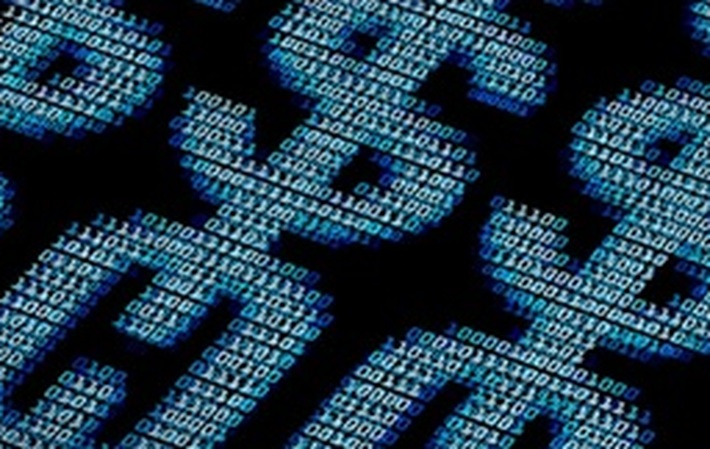
Published on 05/18/2017 | Technology
Special thanks for the help on this blog to the coolest, most hip group of industry experts that I have ever met: the Pathfinders. The Pathfinders is an elite forces group of master system engineers inside of Dell EMC who tackle our customers’ most difficult and inspiring challenges. I am honored to be part of that club!
Suppose an autonomous vehicle learns of a more efficient route and wants sell this knowledge to other autonomous cars for a fee (using blockchain to handle machine to machine transaction). Suppose the autonomous vehicle could start to monetize itself; to self-fund its own operations and the acquisition of goods and services such as gas, repairs or vehicle upgrades (using blockchain to conduct commerce). Now suppose the autonomous vehicle could couple real-time analytics of vehicle performance and maintenance with real-time bidding for maintenance servicing and replacement parts (blockchain inserted again). Lastly, think “intelligent” vehicle depreciation and salvage value optimization where the autonomous vehicle continuously scours used car and auto parts markets for vehicles in need of older chassis, transmission and electrical components (again leveraging blockchain).
Is blockchain the ultimate enabler of data and analytics monetization; creating marketplaces where companies, individuals and even smart entities (cars, trucks, building, airports, malls) can share/sell/trade/barter their data and analytic insights directly with others?
The impact that has on a company’s financials could be overwhelming, or devastating, depending upon what side of business model transformation you sit.
What is Blockchain?
An extensive explanation of blockchain is beyond the scope of this blog, and way beyond the capabilities of this author, but in its simplest blockchain is a data structure that maintains a digital ledger of transactions among a distributed network of entities. Think of a “distributed ledger” that uses cryptography to allow each participant in the transaction to add to the ledger in a secure way without the need for a central authority or central clearinghouse. Figure 1 provides a nice visual of the workings of a blockchain.

For example, imagine a spreadsheet that is duplicated thousands of times across a network of computers. Then imagine that this network is smart enough to automatically update this spreadsheet any time someone makes a change to one of the versions of the spreadsheet. Information held on a blockchain exists as a shared — and continually reconciled — database. The blockchain database isn’t stored in any single location, meaning the records it keeps are truly public and easily verifiable and easily shared.
A shared, distributed ledger (blockchain) has the following big data ramifications:
Blockchain provides the potential to truly democratize the sharing and monetization of data and analytics by removing the middleman from facilitating those transactions (potentially acing out those middlemen).
Blockchain And Big Data
BusinessWeek published an article titled “Wal-Mart Tackles Food Safety With Trial of Blockchain” that describes about how Wal-Mart is using blockchain to manage product recalls and the related safety and health issues (being a big fan of Chipotle, I understand fully the ramifications on recalls and safety!). The article states:
“Like most merchants, the world’s largest retailer struggles to identify and remove food that’s been recalled. When a customer becomes ill, it can take days to identify the product, shipment and vendor. With the blockchain, Wal-Mart will be able to obtain crucial data from a single receipt, including suppliers, details on how and where food was grown and who inspected it. The database extends information from the pallet to the individual package.”
And while Wal-Mart is concerned from pallet to the individual package, what if we could leverage the rapidly decreasing costs of sensors by placing low-cost sensors on individual product in order to extend that supply chain view all the way through to individual consumer’s product consumption and usage? What if manufacturers and distributors could monitor consumer product usage patterns in order to better service the individual consumer by placing sensors on every product (tube of Crest, bottle of Tide, package of donuts)? Having detailed insights into the consumer’s product consumption and usage holds untold business potential to manufacturers, distributors, retailers and consumers alike.
Now imagine how the individual consumer would control or manage who has access to that data through the use of blockchain. This could put consumers in a position to negotiate with manufacturers and distributors (either individually or through consumer associations) pricing discounts in exchange for their personal consumption data.
The combination of blockchain and product-based sensors could enable Consumer Goods Manufacturers to develop detailed customer usage and consumption insights including:
Summary
Blockchain holds the following ramifications for Big Data:
This article was originally published on LinkedIn.